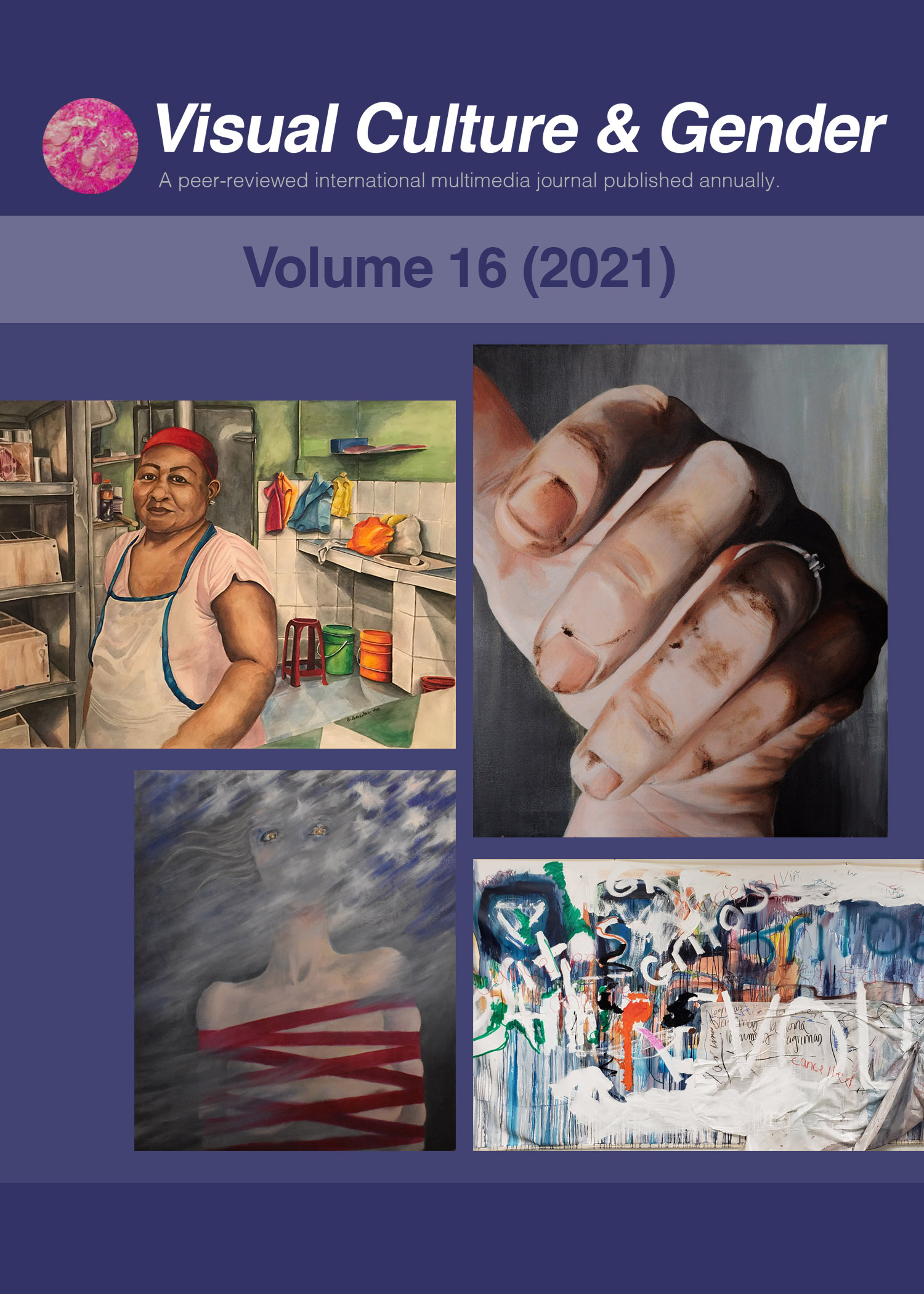Editorial: Visual Culture of Precarious Futures
Abstract
The 42nd Rainbow Infantry Division, joined by others, liberated Dachau, a concentration camp of terror, torture, and genocide near Munich, Germany on April 29, 1945 (Goldenberg, 2020). Heroic relief turned to horror as the WWII soldiers witnessed prisoners about to be freed grab the fences still charged with electricity and suddenly die after surviving months of inhumane imprisonment. The Rainbow Division, my father included, decided to retrace their loss and trauma during WWII with their families to collectively grieve and vow to never again let the seeds of hate grow toward groups of people and their allies: Jewish, Gay, Disabled, Black people—all those not of the fictitious “Aryan race,” a core racist ideology (United States Holocaust Memorial Museum, 2020). I was 12 years old. Never again, would this happen, never again could this happen, I believed. As a young girl, hearing the bravery of people we met in villages, who hid those being persecuted, and feeling the heartbreak of widows on the tour in search of where their love died, radicalized me toward peace and justice for all, against racism, against discrimination. In 2007, I returned as an adult to Dachau, now a memorial and museum, and entered the long building into the third chapter of the narrative that ended with liberation, in which my father, who had died in 1998, played a crucial role in 1945. With deep sorrow in my heart and filling my eyes, I slowly moved through the long building asking why, why, why, why humans tortured humans. The Dachau Concentration Camp Memorial and Museum is organized in three historical chapters or phases from 1933 to 1945 of the camp as a terrorist instrument of Hitler’s SS. The SS began as his personal bodyguard unit and became a militia “without regard for legal restraint” (United States Holocaust Memorial Museum, The SS, 2021, para. 1). Control of the media, of the narrative, and production of a visual culture, was the first phase to “eliminate the political opposition and to persecute so-called ‘community aliens’” (Dachau Concentration Camp Memorial Site, para. 5). Since 2016, and especially with the January 6, 2021, insurrection encouraged by the U.S. President in final days of office, and subsequent disregard for justice by the Republican political party, my beliefs of never again such domestic terrorism could be possible are broken by the reality of violence and hate toward anyone who does not hail the man impeached twice and voted out of the U.S. presidency.


